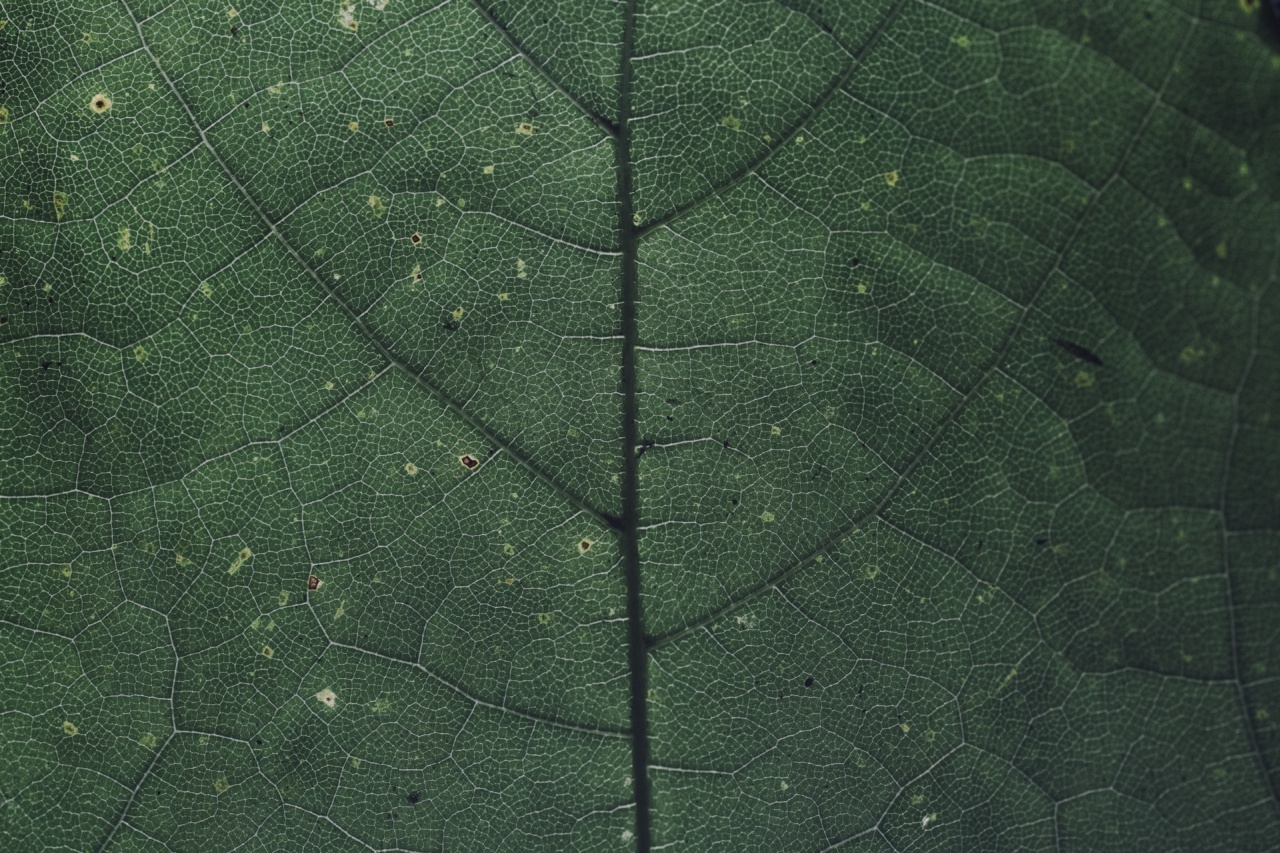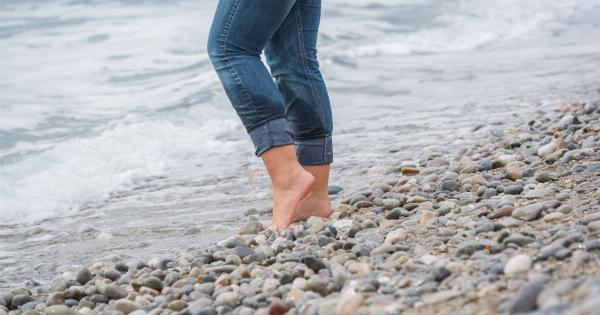Varicose veins are a common condition that affects millions of people worldwide. These dilated and twisted veins can cause pain, discomfort, and embarrassment for those who suffer from them.
In the past, treatment options for varicose veins were limited, often involving invasive procedures with long recovery times. However, with advancements in medical technology, the Venaseal closure system has emerged as a revolutionary and minimally invasive treatment option for varicose veins.
Understanding Varicose Veins
Before delving into the specifics of the Venaseal closure system, it is important to have a clear understanding of varicose veins. Varicose veins occur when the valves within the veins fail to function properly.
These valves are responsible for allowing blood to flow in one direction, preventing backflow. When the valves weaken or become damaged, blood can pool within the veins, causing them to become enlarged and appear twisted or swollen.
Varicose veins are most commonly seen in the legs and can cause a variety of symptoms, including:.
- Visible, bulging veins
- Aching or throbbing pain
- Heaviness or tiredness in the legs
- Burning or itching sensations
- Swelling in the lower legs
While certain risk factors, such as family history, age, obesity, and pregnancy, can increase the likelihood of developing varicose veins, the exact cause is often unknown.
Regardless, the impact on quality of life can be significant, making effective treatment essential for those affected.
The Venaseal Closure System: How It Works
The Venaseal closure system is a state-of-the-art treatment option that addresses varicose veins with precision and efficiency. It utilizes a medical adhesive to seal the affected veins instead of traditional methods such as heat or laser energy.
This adhesive, called cyanoacrylate, has been used in various medical applications for decades, demonstrating its safety and efficacy.
The procedure itself is performed on an outpatient basis and typically takes less than an hour. After applying local anesthesia to the treatment area, a small catheter is inserted into the damaged vein under the guidance of ultrasound imaging.
The Venaseal closure system delivers the medical adhesive through the catheter, releasing it into the vein. As the adhesive comes into contact with the vein wall, it binds the walls together, sealing the vein shut.
One of the key advantages of the Venaseal closure system is that it does not require the use of tumescent anesthesia, which numbs the surrounding tissue.
This means patients experience minimal discomfort during the procedure, and recovery time is significantly reduced.
Benefits of the Venaseal Closure System
The Venaseal closure system offers numerous advantages over traditional varicose vein treatments, making it an appealing option for patients and healthcare providers alike:.
- Minimally Invasive: Unlike surgical procedures such as vein stripping, the Venaseal closure system is minimally invasive, resulting in less pain, scarring, and downtime for patients.
- Rapid Recovery: Since the procedure does not involve major incisions, patients can resume their normal activities much quicker compared to traditional treatments.
- No Tumescent Anesthesia: The Venaseal closure system eliminates the need for tumescent anesthesia, reducing the discomfort associated with the treatment.
- High Success Rates: Studies have shown that the Venaseal closure system has a high success rate in treating varicose veins, with patients experiencing long-lasting relief from their symptoms.
- Cosmetically Appealing: By sealing the affected veins, the Venaseal closure system can improve the appearance of varicose veins, boosting self-confidence and reducing self-consciousness.
- Less Need for Compression Stockings: While compression stockings are often prescribed after varicose vein treatments, the Venaseal closure system minimizes the duration and necessity of their use.
- Safe and Well-Tolerated: The medical adhesive used in the Venaseal closure system has been extensively tested and is considered safe for use in medical procedures. Additionally, patients tolerate the procedure well, with minimal discomfort reported during and after the treatment.
Is the Venaseal Closure System Right for You?
While the Venaseal closure system offers numerous benefits, it may not be suitable for every patient.
During a consultation, a qualified healthcare provider will assess the severity of the varicose veins, the patient’s overall health, and any underlying conditions that may affect the choice of treatment.
It is important to note that the Venaseal closure system is primarily designed for the treatment of superficial venous reflux, which is a common cause of varicose veins.
In cases where deeper veins or more complex conditions are present, alternative treatment options may be recommended.
Conclusion
The Venaseal closure system represents a significant advancement in the treatment of varicose veins.
By utilizing a medical adhesive to seal affected veins, this innovative technology offers patients a minimally invasive and highly effective solution for their symptoms. With its rapid recovery time and numerous benefits, the Venaseal closure system is changing the landscape of varicose vein treatment and providing hope for those who suffer from this common condition.





























